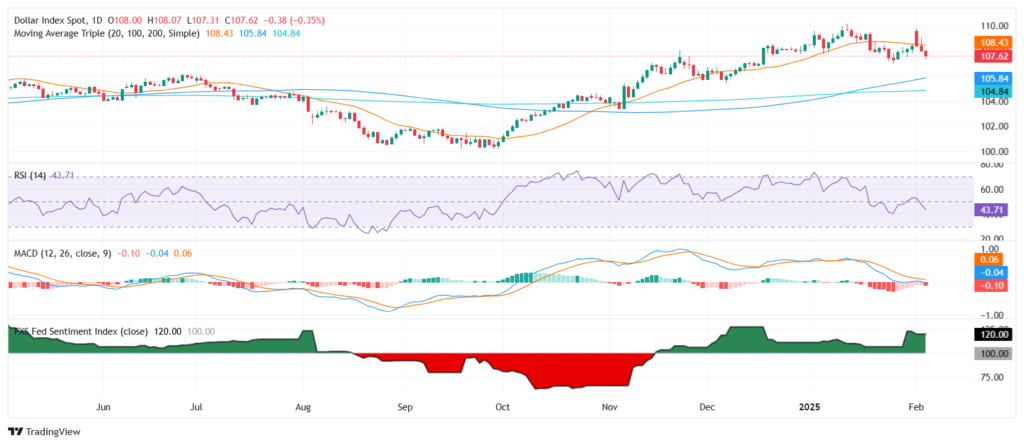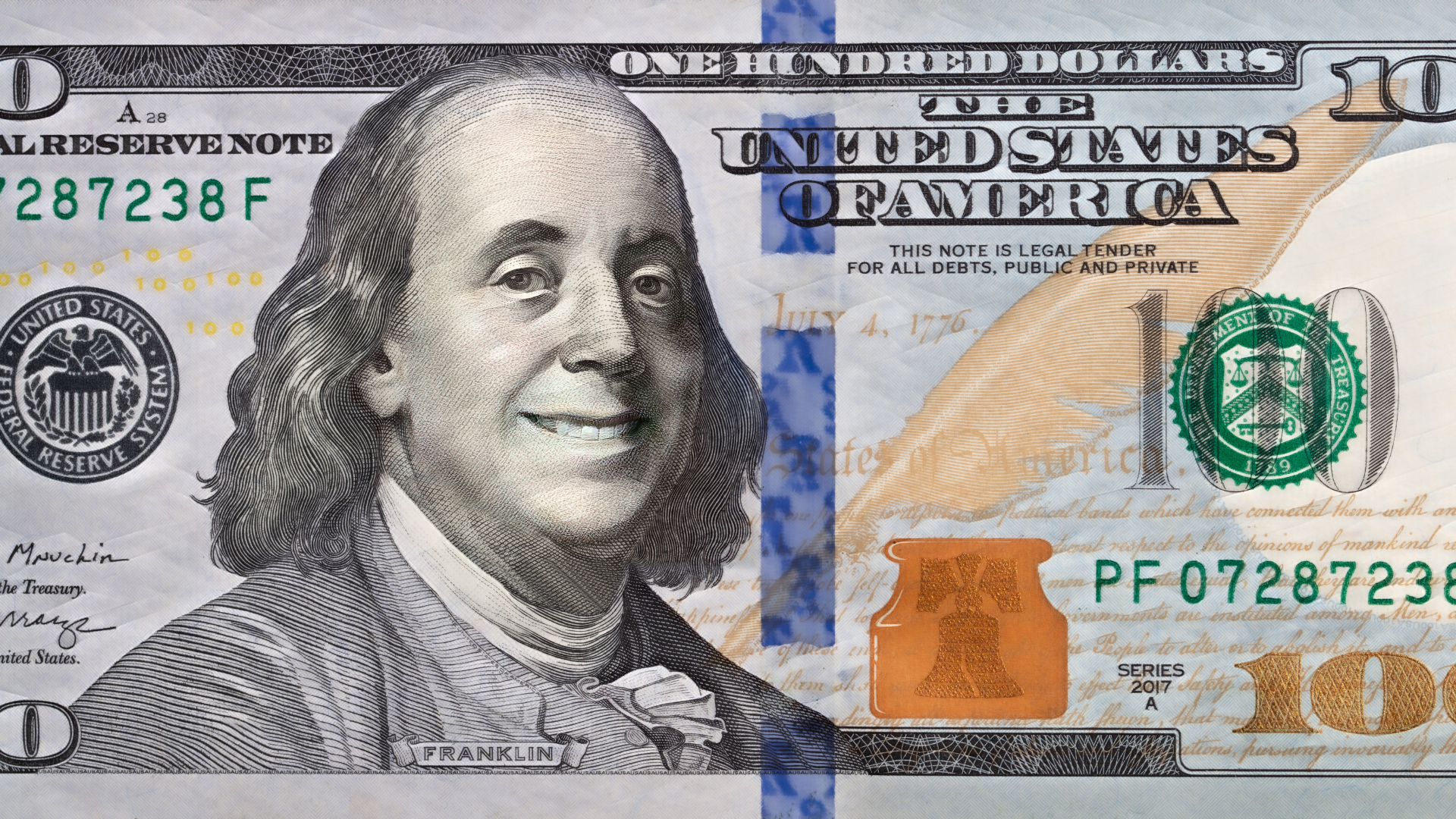The US dollar edged lower on Thursday as investors digested a series of mid-tier economic reports, assessing their potential impact on the Federal Reserve’s policy outlook. Softer-than-expected figures in key indicators raised questions about the strength of the US economy, prompting traders to adjust their expectations for future rate decisions.

A decline in US jobless claims suggested continued resilience in the labor market, but weaker-than-expected manufacturing and consumer sentiment data weighed on the greenback. The mixed readings created uncertainty over whether the Fed will maintain its higher-for-longer stance or consider a more cautious approach in the months ahead.
Meanwhile, Treasury yields slipped, adding further pressure on the dollar as investors moved into bonds amid concerns that economic momentum may be slowing. Lower yields typically reduce the greenback’s appeal, making risk-sensitive currencies more attractive in comparison.
Looking ahead, traders will focus on upcoming US inflation figures and key Fed commentary, which could provide clearer direction for the currency. If inflation remains sticky, the Fed may maintain its hawkish bias, supporting the dollar. However, any signs of cooling price pressures could reinforce expectations of monetary easing, extending the dollar’s decline.
For now, the US dollar remains under pressure, with economic data and shifting rate expectations driving volatility. Unless upcoming reports signal renewed strength, the greenback may struggle to regain momentum in the near term.
















